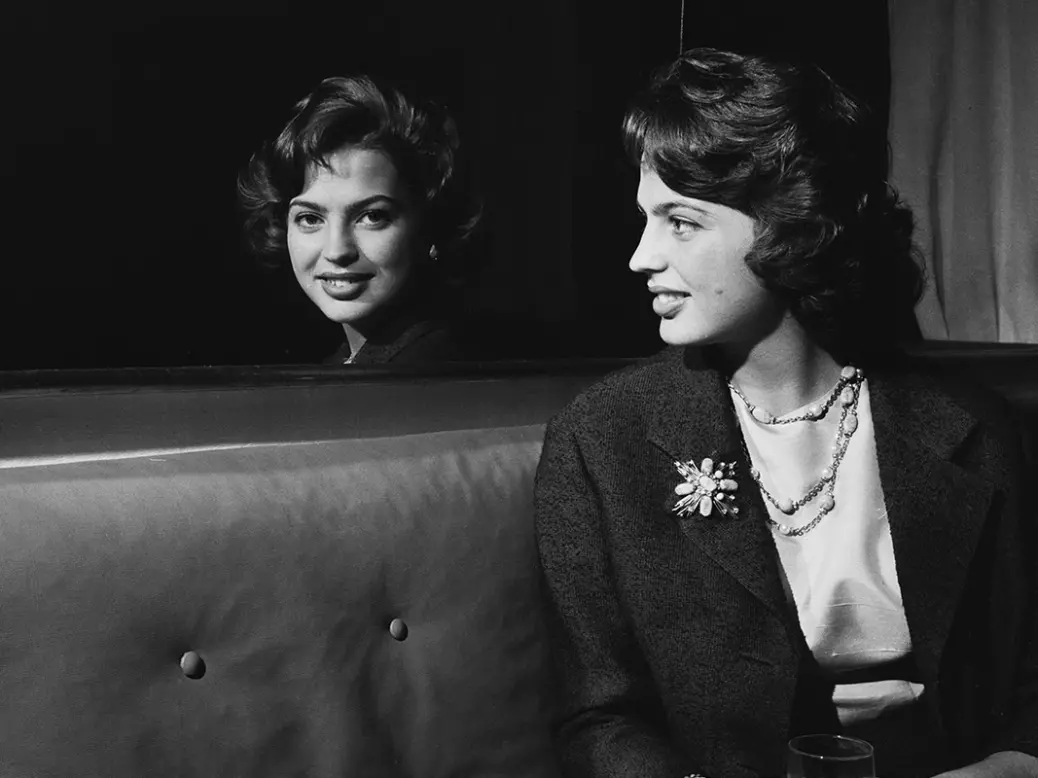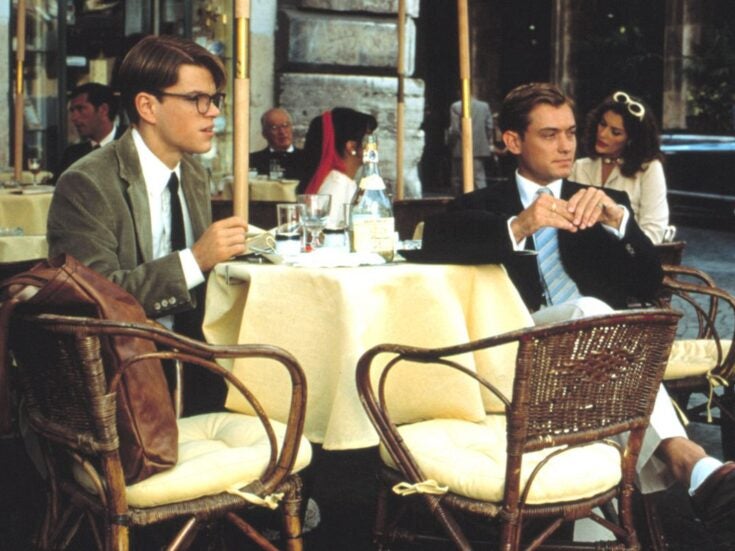
At time of writing, I have yet to see Feud: Capote vs. the Swans. It will be a show I will watch with above-average interest. Not just because I enjoyed the first series (‘season’ if you prefer) of Feud, which docu-dramatised (if that is a word) the backstage bitch-fest between Bette Davis and Joan Crawford while making What Ever Happened to Baby Jane?. Nor solely because Tom Hollander is such a talented thesp.
My interest is personal. About 10 years ago I wrote a book called Swans. It was not my choice of title – the book was about the wider story of the jet set in its glory years of the 1950s and 1960s, when high-speed air travel had the freshness of novelty and the allure of exclusivity. Nevertheless, the Swans, a circle of extraordinary high-society international power women, and their falling-out with the waspish Capote kept cropping up throughout my telling of an era that lives on in the photographs of Slim Aarons.
I first came across the Swans in the book Observations (words by Capote, photos by Avedon), which was published in 1959. And later, I was extremely fortunate in being able to spend time with some of the survivors of that era of ‘Le’ or ‘La’ restaurants in New York; when Agnelli, Rubirosa and Aly Khan prowled the Côte d’Azur; and when Greek shipping tycoons and not Silicon Valley geeks were the popular personification of plutocracy.
Even though much time had passed, as I spent time with Jacqueline de Ribes, Fiona Thyssen and Lee Radziwill I could easily see why Capote had fallen under their spell. Strong, clever, chic, charming and remarkable, they were much more than ladies who lunched. In his essay, Capote names just two women: the long-necked and long-suffering Marella Agnelli and the perfect-to-a-fault Babe Paley. The photographs broaden the field to include Gloria Vanderbilt, Fiona Thyssen, Jacqueline de Ribes, Henrietta Tiarks and Dolores Guinness.
Princess, heiress, designer
But I tend to be more catholic in my definition. The text and pictures of Observations include neither mention nor picture of Dolores’s fascinating mother Gloria, nor Lee Radziwill (the first-sister-in-law of Kennedy’s White House), nor one of my favourite people, Her Serene Highness Princess Virginia Caroline Theresa Pancrazia Galdina Zu Fürstenberg, who mercifully contracted that multi-carriage train of a name into the three-letter sobriquet Ira.
Ira was not really part of the Capote set; she was much more curious and far too restless to stay in one place for long. Instead, throughout her life, which came to an abrupt end in February, when she died after a fall at her apartment in Rome, she was many things to many people in many places, and I tried to include as much of this as I could in the illustrated biography I wrote of her five years ago.
[See also: ‘One of the masters of our times’: Nick Foulkes remembers his friend Thierry Despont]
A princess once by birth and again by marriage, she was an Agnelli on her mother’s side and used to speak fondly of her Uncle Gianni.
She came to world attention in 1955 when, aged just 15, she married Marbella Club founder Prince Alfonso von Hohenlohe (the age of the bride required papal assent to the marriage) at a ceremony in Venice that made the front cover of Life and headlines around the world.
The marriage broke down in Mexico, where Ira left Alfonso for notorious Brazilian playboy Baby Pignatari before she was 20. It was what you might call an acrimonious break-up, involving allegations of attempted assassination, gunmen, kidnapping and the storming by police of an hotel in Mexico City.
It was when she was dumped by Baby that her life really took off. She became a girl about town in Paris with an apartment on the Place Vendôme, and her picture often in the pages of Diana Vreeland’s Vogue.
After she sat next to Dino de Laurentiis on an aeroplane, she became a movie star in Italy during the Sixties and Seventies. She worked for Valentino and helped Karl Lagerfeld make a name for himself.
[See also: Has Nick Foulkes finally realised his brand ambassador ambitions?]
She had a smart antique shop in the West End during the Eighties, when she lived in London and became friendly with Mrs Thatcher.
At one time she was so strongly rumoured to be marrying Prince Rainier of Monaco that the palace took the extraordinary step of issuing a denial. She moved between a constantly changing constellation of flats and houses in, inter alia, St Moritz, Venice, Mayfair, Cortina, Rome and the Costa Smeralda, where there is a beach named in her honour.
She loved projects, so, rather than downsizing, her seventies and early eighties saw her living between a palace in Madrid, an apartment in Rome and a finca with a vineyard in Ronda.
After the death of her brother Egon and her son Kiko in quick succession during the Noughties, she threw herself into a new career as a maker of objets d’art, which led to museum shows at the Musée Jacquemart-André in Paris and the Museo Correr in Venice.
Ira von Fürstenberg: more than a society swan
But the mere recounting of events fails to do justice to the remarkable personality that she was. She spoke five languages fluently and surrounded herself with fascinating groups of people: around her dinner table you were as likely to find a professor of the Ostrogothic kingdom of Italy as you were a socialite or the scion of a royal house. She was never dull, and always learning.
[See also: Clinique La Prairie: my reluctant stay at the world-leading medical health spa]
She was happy to mix high and popular culture. Last year I interviewed her, and I recently reread some of the answers she gave. In one sentence she spoke about her collection of 18th-century porcelain coffee cups, and in the very next she cheerfully admitted that her fridge always contained plenty of Coke Zero and Emmental. It was this frank and disarming mix of sophistication and a complete lack of pretension that I found so endearing.
Her first funeral mass (out of three) took place in Rome, in a basilica crammed with floral tributes the size of tractor wheels from the likes of the Marcos family, where her surviving son Hubertus gave a eulogy comparing her to the city where she had been born and where her life ended.
Outside, a phalanx of photographers and cameramen recorded what was a major news event in Italy. In death, as in life, she was seldom out of the headlines.
This feature first appeared in Spear’s Magazine: Issue 91. Click here to subscribe







